Solve for Happy Book from Mo Gawdat – My Top 5 Learnings
Rating, Summary, Author & a lot more
Page Reading Calculator:
Top 5 Keylearnings from Solve for happy
The book deals with the question of how one can really be happy in the long term. The author is an engineer and approaches this topic very analytically. Success does not lead to happiness, but luck makes it successful. Here are my top 5 keylearnings:
1. Happiness always has something to do with expectations. Since I have few or no expectations of excursions, restaurants or the like, I am significantly happier. I am disappointed less often and have become much more relaxed.
2. Happiness is our basic state. Children are always happy unless their body has needs. If happiness is our basic state, there must be things that block this basic state. The author has recognized 6 illusions & 7 blind spots that make us unhappy.
3. Who are you? Let go of your thoughts, your knowledge, your body, your possessions. Who is left in the end? This question cannot be answered immediately. She kept me busy for several months.
4. Our brain has genetically determined reflexes and impulses. But these are harmful to us in today’s world. These include: filters, assumptions, prophecies, memories, assignments, emotions, exaggerations.
5. According to Mo Gadwat, evolution is a mathematical impossibility. He tried to calculate how likely it is that it all happened by chance. The odds are against 0. On the other hand, he doesn’t believe in a God who controls everything and constantly watches over us. He thinks it is more likely that there is a designer who has set the framework for us. He left the rest to us.
 Who is Mo Gadwat?
Who is Mo Gadwat?
Mo Gadwat is the chief business officer at Google X, Alphabet’s Moonshot company. He is an engineer through and through. Always characterized by analytical thinking. So his book is the formula for happiness, also very analytical, which makes it very exciting on this emotional topic. The aim of the book was to bring the message of happiness to 1 billion people. Mo also has his own podcast called Slo Mo. In his interviews, he explores the lives of extraordinary people.
Applicability of what has been learned from Solve for Happy
The contents of the book are definitely applicable in everyday life. However, one must regularly look at the errors, truths and brain defects. There is a lot of input and there is a lot to consider. What you have learned works best in stressful situations. You notice how your brain traps you and quickly tends to exaggerate and unnecessarily fear. It helped me to summarize the book and read it regularly.
I haven’t read the book through for the first time. After reading a third, it was lying around for a couple of weeks. Not because I thought it was bad, but because it gave me so much to think about. I have defined myself strongly by my knowledge and by my body during my fitness economics studies. Mo Gadwat wrote in his book that I am not my body, my thoughts, my knowledge, my possessions, etc.
That kept me busy for a while. At first I reacted defiantly and said to myself just because he wrote that it doesn’t have to be true. But I thought about it more and more often. At some point I started to let myself into this idea. In fact, I became happier. I didn’t get upset as quickly and I was less disappointed when something didn’t work out as I wanted.
When I had a little more time, I finished reading the book. The rest of The Formula for Luck also fascinated me and with a little practice it is a permanent good luck charm:).
Comprehensibility of the content from Solve for Happy
Although the author is an engineer and has a very analytical approach to being happy, the book is surprisingly easy to write. The formula for happiness is neither too esoteric nor too analytical.
The structure of the book makes it very pleasant to read. The chapters have the optimal length of 20-30 pages. Reading a chapter a day is a good rhythm.
Solve for Happy explained in 1000 words
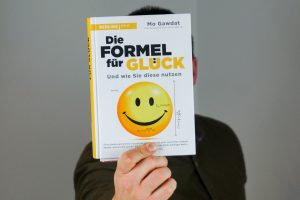
The book deals with the question of how to become permanently happy. You get the answer at the beginning of the book. Our basic state is to be happy. Children are always happy, unless something is missing, hunger, tiredness, etc. Otherwise, they are always happy.
Our basic state is to be happy. Children are always happy unless their body has needs. If happiness is our basic state, there must be things that block this basic state. The author recognized 6 illusions & 7 blind spots that make us unhappy:
The 6 great illusions
Thoughts
You are not your thoughts Do not define yourself by your thoughts. It is the thought, not the actual event, that makes you unhappy.
Self
About what do you define your self? About your appearance, your clothes, your possessions? All of this is not your self.
You are not your body, feelings, beliefs, name, group you belong to, family tree, accomplishments, or possessions. You are the observer. You are the one who sees. What is left of you when you die is your self.
Knowledge
You are not your knowledge. Even if you think you know an incredible amount, you don’t know anything. True knowledge means knowing the extent of one’s ignorance. Nothing is good or bad, only thinking makes it so.
Time
Time doesn’t move, you move through time. Time is different for everyone. There are three known times, past, present & future.
In short, live in the here and now (present) and you will be happy.
Control
You have nothing under control. No matter how many insurances, calculations or protective clothing you wear, you have nothing under control. Act responsibly, then let go of the need for control. In the end we will be fine. If it’s not good, it’s not the end.
Anxiety
Everyone is afraid of something. But these fears are unfounded and slow us down.
Openly admit that you are afraid of something. Ask yourself whether you are really free. If not, why not? What concerns are holding you back? These are your fears.
7 blind spots – brain defects
Because of our past, we humans are endowed with reflexes and impulses. The best known are Fight or Flight. But these reflexes hardly make sense in today’s world. Only in the rarest of cases do we stay in regions where a wild animal could suddenly attack and eat us. To protect against this, nature has equipped us with functions that make us unhappy today.
Filter
Our picture of the world is always incomplete as our brain leaves out parts of the truth in order to focus on what it thinks is a priority. Unfortunately, we often filter out the positive and only the negative.
Assumptions
In order to make decisions, the brain needs a coherent, understandable set of information. After filtering out most of the truth, it proceeds to accept the missing information. Assumptions distort the truth even on the physical plane. An assumption is nothing other than a story generated by the brain. It is not true!
Prophecies
Our brains make predictions to fill in the gaps. And what’s the big gap? The future. Your predictions are no different from future possibilities generated by your brain. They didn’t happen. You are not the truth.
Memories
The brain looks back to mix our perceptions of current events with memories from the past. We mix our memories with present reality and create a view that is colored by the past. Your memories are nothing more than a record of what you think happened. Often it is not true.
Assignments (prejudices)
Memories add a series of past events to the truth. Assignments also come from the past, but are more effective. With people in particular, the brain very quickly makes prejudices and labels every person.
Emotions
Emotions make us human, but when we mix them with logic, they can reduce our judgment. Decisions are usually guided by logic, but our actions are guided by emotions. Because of this, we are not as rational as we think. Our perception of reality is often clouded by irrational emotions.
Exaggeration
Our brain lives according to the motto: You can never be too careful. The brain tries to attract its attention by exaggerating. But what is more than the truth is far from true.
The 5 ultimate truths
In order to be really completely happy, you still need the 5 ultimate truths.
Now
Being fully aware of the present moment increases chances of being happy many times over. Mindfulness is not an on / off switch. It is a brightness regulator. You don’t have to do anything to be mindful. Your default setting is mindfulness. In order to increase it, you have to stop doing it. Don’t multitask – whatever you’re doing, give it your full attention.
Change
If one thing is certain, it is that nothing is certain. Change is real. Change is always and always. Don’t fight it, just accept it. Let everything find its balance.
Don’t look up, look down and be grateful for where you are and how you are. Gratitude is a sure way to be happy. (Instead of being bitter that he died, I’m grateful that he lived)
Love
Unconditional love is real. It is the only emotion that does not come from your thoughts in our head. You are happy because your love does not come with expectations. No expectation will never turn into a disappointed expectation. Love is never wasted The more you give away, the more loved you will feel. Stay away from people who are only negative. Give them three chances and then away with it. Choose to be nice instead of right.
Death
Live in Peace – not Rest in Peace. The day will come when you have to die. We die a little every day. Without death there would be no life. Death is always inconvenient. Sooner or later we are all ready to die. Death won’t hurt you. Life is always. Our bodies fall apart, but we never die ourselves. Live before you die. See everything in life on loan. Your house, your children, your wife, your trophies. When you die, you give it all away. If you don’t own anything, you can’t lose anything.
Draft – designer
Is there a god / designer or was everything created through evolution?
The probability that everything was created by chance evolution and the Big Bang alone is zero. That everything is created and administered by one God is, well, let’s say a question of faith. It is more likely that a designer developed the principles and systems from which today’s world and the universe emerged. But he doesn’t manage it. He is not responsible for natural disasters, disease and wars. He set the framework in which we live and it is up to us to make the best of it. Live the truth – being happy is actually that simple.
Why you should read Solve for Happy, when you doing the Power MBA:
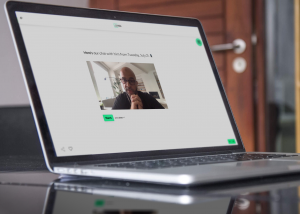
Mo Gadwat is one of the mentors of the Power MBA. I first met him at the Meet your Teachers webinar. There he could be asked questions about his time on Google X, his book and his further plans.
In the course he teaches in the leadership module. To get a feel for his attitude and way of thinking, you should definitely read Solve for happy book.
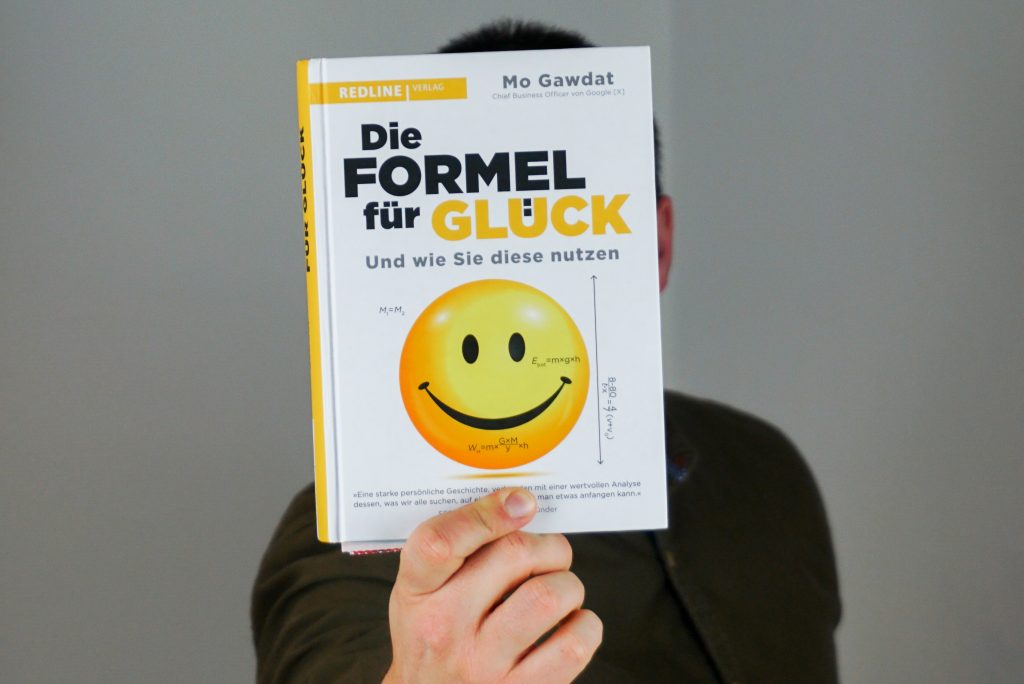
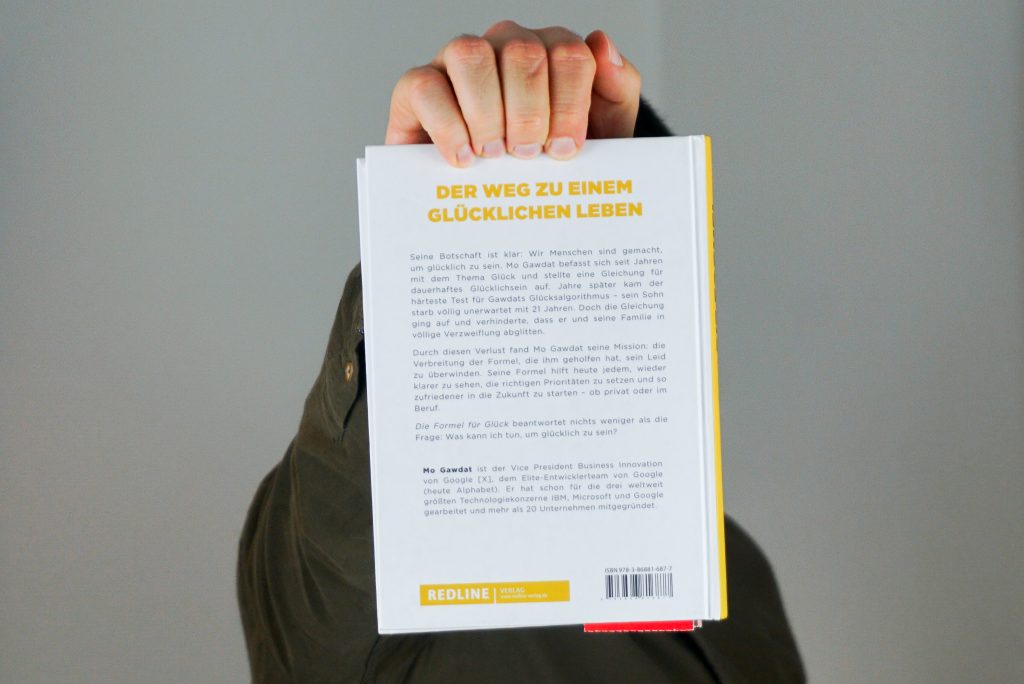
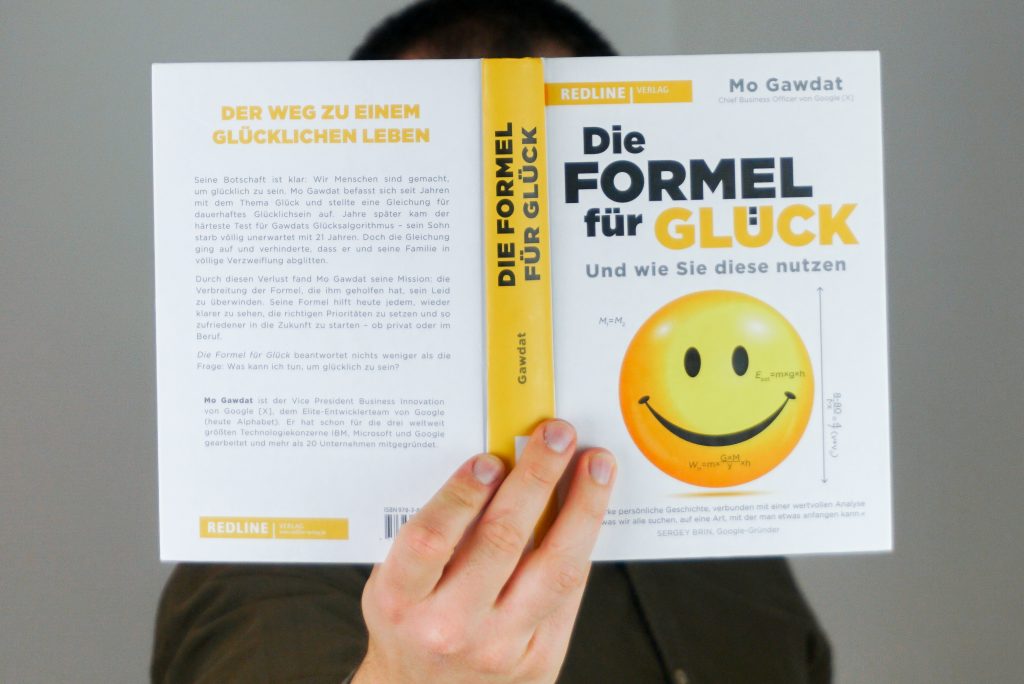
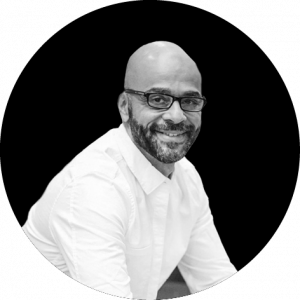 Who is Mo Gadwat?
Who is Mo Gadwat?